📚 Curriculum for K-12
Our learning modules provide a progressive learning path for K-12 students for learning coding, robotics, artificial intelligence and general IT skills.
Clearly defined learning goals
Our curriculum has been designed to build both subject and transversal skills. Learning modules are structured to provide a clear learning path for students.
Flexible modular structure
The learning modules have been designed to allow for a start in any year with a gradual roll-out. Schools choose modules and themes that bring the most value to them.
Aligned with standards
Based on the Finnish national core curriculum, we align with all major international curricula: the UK national computing curriculum, CSTA K-12, IB Middle Years programme.
✅ Alignment with the best international curricula
Our curriculum has been designed to complement the best major international curricula. Years of experience working with international schools on all continents have deepened this alignment while we have striven to preserve the authenticity and unique value of our teaching materials.
IB Primary Years Programme
(IB PYP) 🌍
Our curriculum upholds the theory of the 21st century skills and incorporates transversal skills into the learning process thus aligning with the IB Learner Profile.
IB Middle Years Programme
(IB MYP) 🌍
Coming soon!
Cambridge Primary and Digital Literacy 🇬🇧
Code School Finland is committed to a constructivist, inquiry-based approach to teaching and learning that promotes the development of critical thinking.
Cambridge Primary, Lower Secondary, and IGCSE 🇬🇧
Coming soon!
Cambridge IGCSE 🇬🇧
Coming soon!
Cambridge Lower Secondary, Computing, and Digital Literacy 🇬🇧
Coming soon!
Made for teachers, by teachers
We packaged everything to make it as easy as possible for a teacher with no prior computer science experience to teach coding with confidence
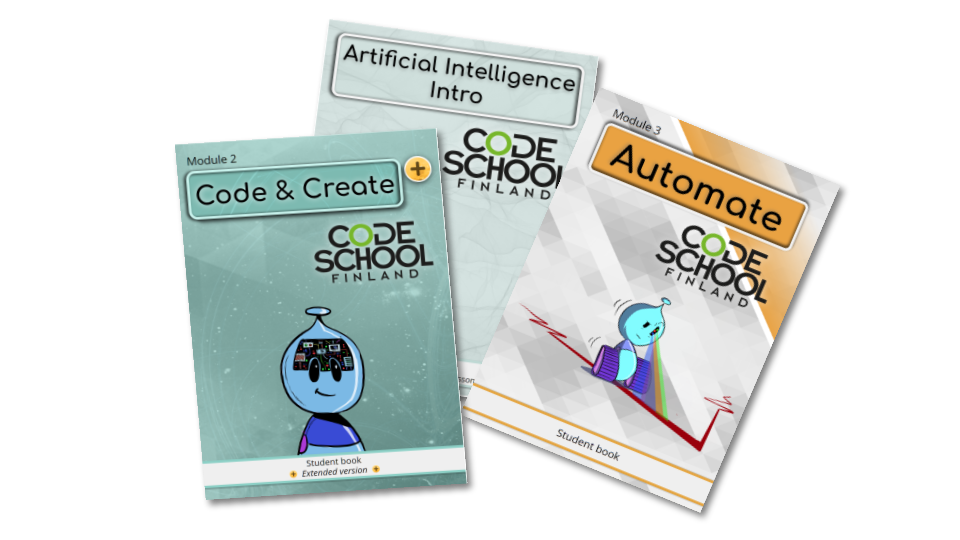
Student books
A range of quality study materials that can be used in either printed or digital version. Our student books support student-focused learning and help teachers to manage differentiation between students.
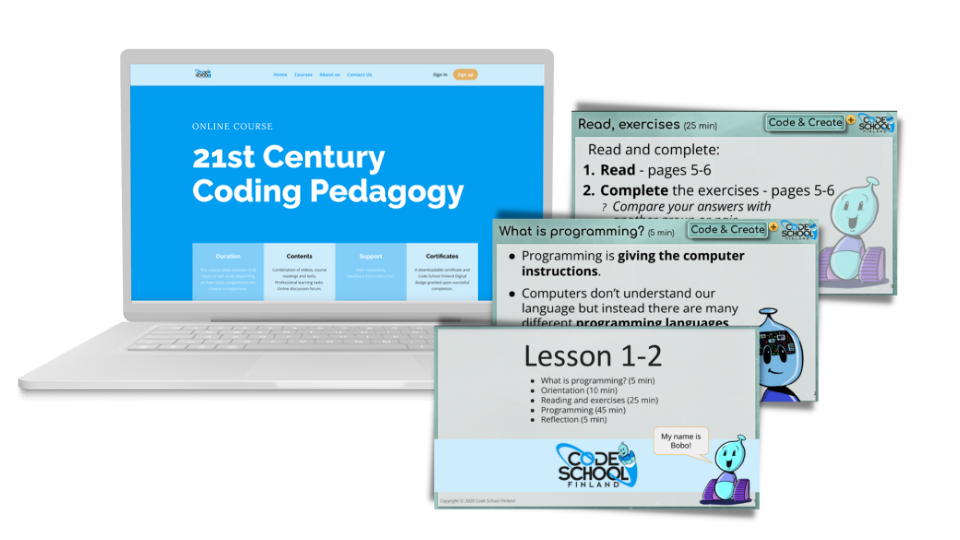
Teacher materials
Self-study online courses for teachers provide downloadable lesson plans, teacher’s manuals with sample answers, and assessment tools including tests for students. Online courses host community boards for peer support.
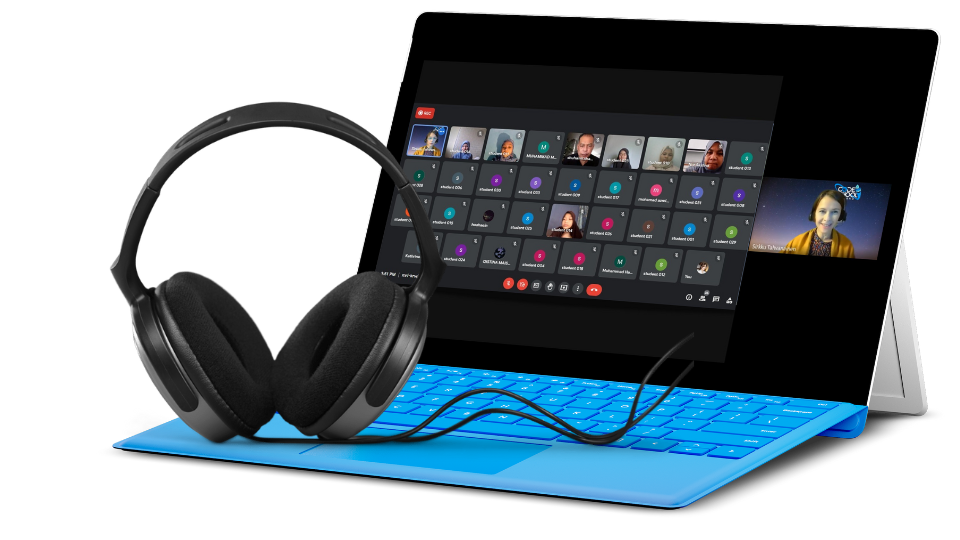
Teacher upskilling
We schedule and run Zoom sessions according to your school schedule. Our friendly and easily approachable Code School Finland teacher trainers will guide every teacher through the materials in a practical manner.
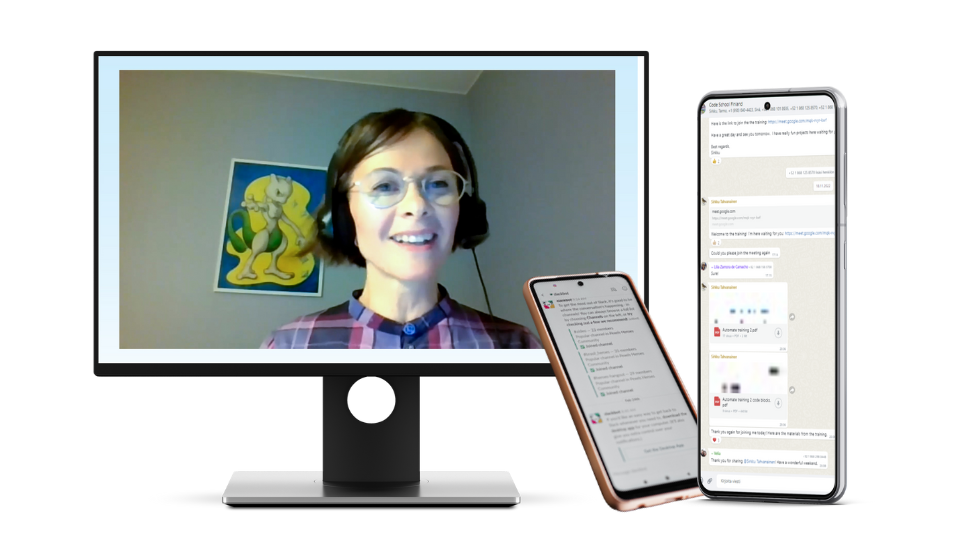
Ongoing support
You get real people talking to you. Whether you have questions preparing for a class or a challenging technical problem, our professional support team helps you via online channels and even joins you during your class.
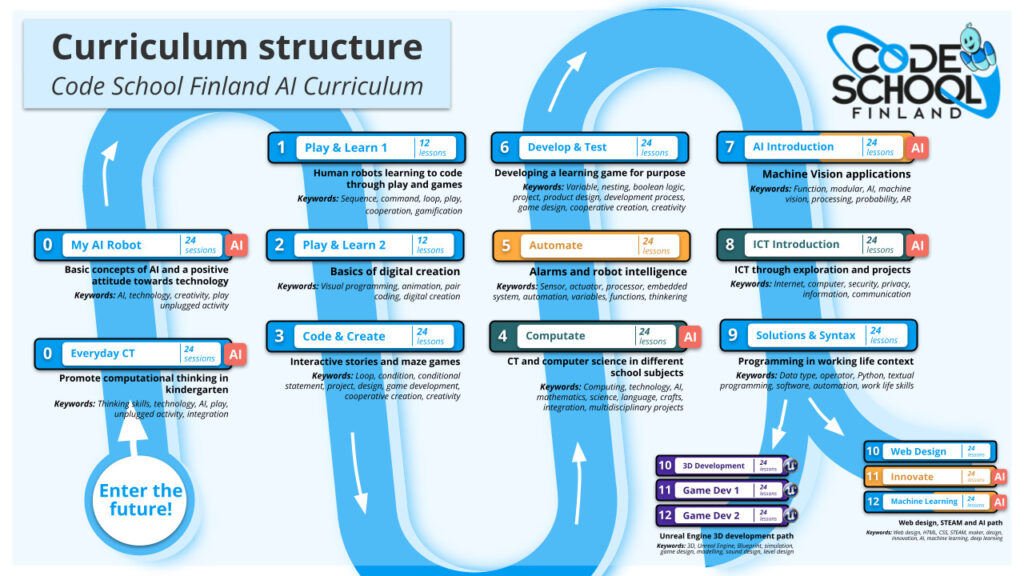
📈 Progressive study path
Based on the objectives and circumstances of the individual school or a country, we carefully select learning modules to create a progressive learning path that fits in perfectly.
🔎 Building AI knowledge
Many state-level decision-makers, schools, and teachers want to “teach artificial intelligence to children”. They do not understand that AI does not stand on its own.
Our curriculum promotes understanding of technological surroundings by putting coding and robotics first, building the requisite knowledge for understanding the principles of AI.

🚀 Our pedagogical model supports learning for 21st century
Based on project-based learning model (PBL), we are using an approach called Design-based project learning. Simply put, we allow students to design and build their projects for someone else. This approach promotes innovation, creativity, and sharing of knowledge. It drives students to take pride in their creation and strive towards better results.
👨🏻🏫 What do the teachers say?
This kind of questioning truly motivates students and fosters critical thinking.
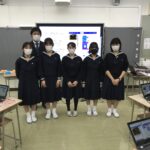
Mathematics Teacher
Private High School, JapanInclusion of additional elements to mere programming tasks supports students’ learning in an innovative way.
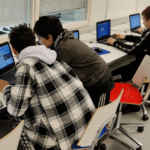
Technology Teacher
Public Secondary, FinlandThe Code School Finland programs are a good fit for the IB MYP curriculum.

Science Teacher
IB Middle School, FinlandThe course content was amazing for development and understanding of coding for the students.
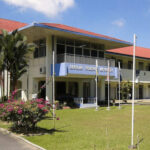
Biology Teacher
Public Secondary, MalaysiaThe materials arise interest in programming in an inspiring way.
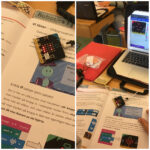
Primary School Teacher
Public Primary School, SwedenThe students are very motivated. I didn’t know that they had such a potential in being active and creative!
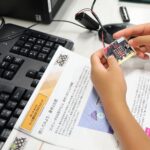
Informatics Teacher
Junior High School, Japan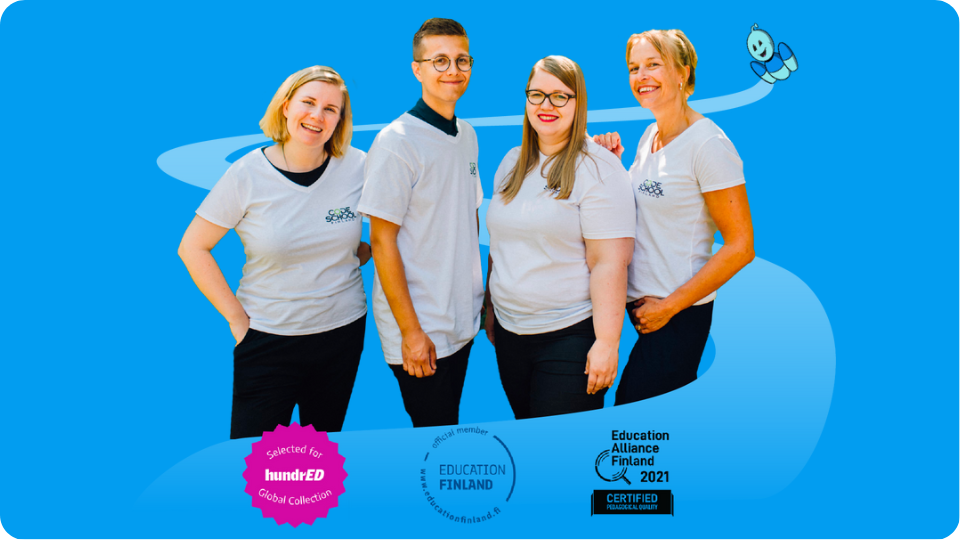
Get it for your school
Teachease service provides a package tailored for your school.
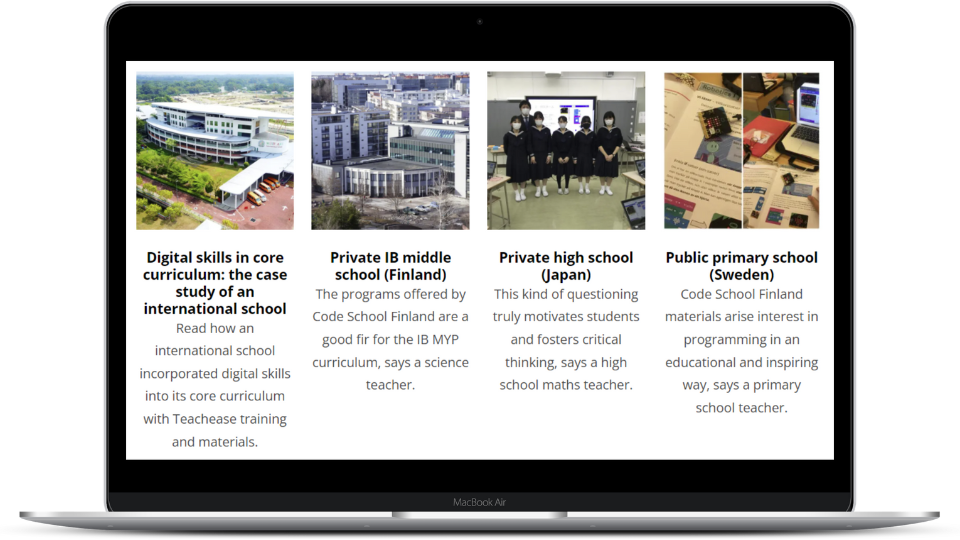
See schools using it
Different schools around the world share their experiences.
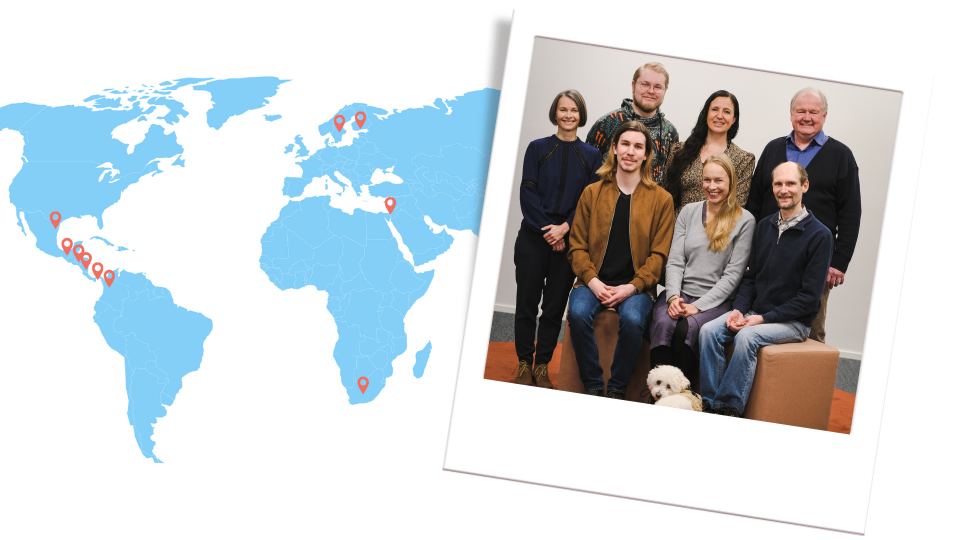
Learn more about us
A brief history of Code School Finland and our mission